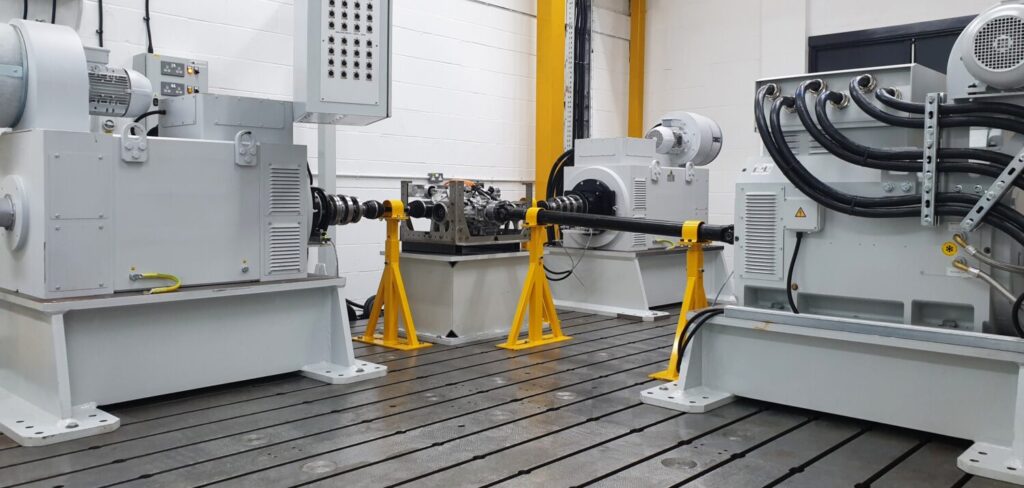Software development requirements are increasing exponentially: is simulation-led testing the solution?
Pedro Zabala is head of control systems at electrified powertrain engineering consultancy Drive System Design. Having held previous roles as transmission and driveline engineer at Ricardo, he joined Drive System Design in 2010 to help establish the company’s software capability. A decade later, with engineers in the UK and USA and customers also extending to India, Korea and China, Pedro’s team is supporting OEMs and Tier 1 suppliers with the development of advanced control systems to support their new product technology strategies. Here, he delves into the benefits of rig-in-the-loop testing of software and hardware.
We are at an unprecedented stage of diversification in the automotive industry. Not only are there more vehicle models than ever before, but the choice of propulsion architectures has also never been more varied. This has had an impact on all areas of the industry but perhaps most affected is testing.
The complexity of software development has also increased with the electrification and hybridization of new and existing platforms. To avoid costly in-vehicle development, the industry is looking to achieve a higher system maturity on the test bench before vehicle testing. Traditional rig testing based on steady-state operational points, which do not accurately represent real-world use, imposes a limitation on the achievable maturity.
Honda recently suggested that the expected workload for software development will double from 2017 to 2023 and double again by 2025. At Drive System Design we have seen the number of A-samples increase from five to 10 to as much as 60 due to increasing model variations and globalization.
Often the first time the software and hardware are subjected to real-world use cases and transients is in a prototype vehicle, which compounds the issue. The solution? Bringing the real world forward to the test rigs by using a fast, real-time rig-in-the-loop (RIL) setup. The result is a much more mature and better-calibrated system before any commitments are made to utilize sought-after prototype vehicles.
One of the key benefits of this approach is that the test piece is subjected to much more realistic testing. Instead of set test cycles, the real software and EDU hardware are connected to a virtual vehicle to be driven around an array of drive cycles and environments such as city centers, highways and alpine routes. Split-mu surfaces, traffic and even different driver behavior are a great example of the real-world interactions that affect the vehicle, which wouldn’t necessarily be highlighted in traditional point-type test cycles.
The same hardware will often be used across the brand’s family of products, so at this point the test rig stays the same but the virtual vehicle model changes. This whole vehicle interaction is critical to identifying issues and it is much more cost-efficient to find these problems in a test rig than in a prototype vehicle. The level of instrumentation, repeatability and automation achieved on a rig is difficult to match at vehicle and test-track level.
There are other obvious benefits, particularly highlighted over the last 12 months, in being able to test your vehicle in the mountains of Japan, the autobahns of Germany or the center of Shanghai or Seoul from the comfort of your own test facility.
As simulation becomes increasingly trusted by the industry (understanding where to improve the accuracy of your models and where you can compromise is critical), we believe the industry will move toward ‘real-world use cases’ testing and this will even form part of the final validation process. A large Tier 1 supplier recently announced a new facility to do just this.
The combination of simulation and transient rigs is the only cost-effective way to achieve the increasing test requirements hitting our industry.


